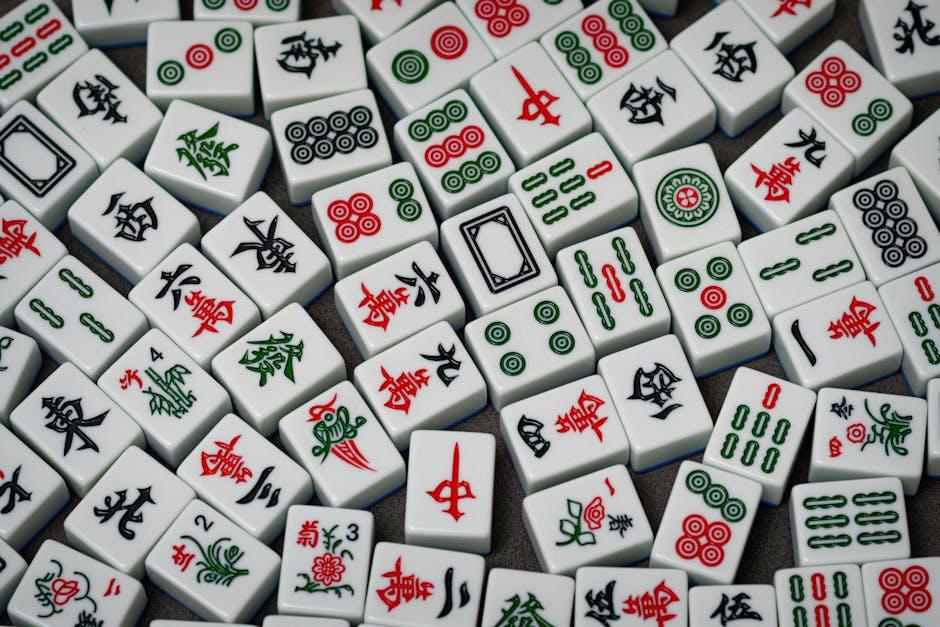In the sprawling landscape of television, where stories stretch across seasons and characters evolve before our eyes, the art of crafting a compelling character arc becomes both a challenge and a masterpiece. Screenwriters, the unseen architects of these journeys, wield their pens with precision, guiding characters through labyrinths of growth, conflict, and transformation. In long-running TV series, where time allows for deeper exploration, the development of character arcs transforms mere on-screen personas into unforgettable companions. This article delves into the intricate process behind these arcs, unraveling the techniques and creativity that bring enduring characters to life, season after season.
Crafting Complexity: The Art of Evolving Characters
In the realm of long-running TV series, characters must grow and adapt to keep audiences engaged. This evolution requires a delicate balance between consistency and transformation. Screenwriters achieve this by delving into the multifaceted nature of their characters, allowing them to face challenges that reveal new layers of their personality. Over time, viewers witness a gradual metamorphosis that feels both inevitable and surprising.
- Layered Backstories: Crafting rich histories that inform present actions.
- Dynamic Relationships: Evolving connections with other characters that drive change.
- Internal Conflicts: Deep-seated dilemmas that fuel personal growth.
- External Challenges: Situations that test and reshape their core beliefs.
These elements are interwoven to create complex arcs that resonate with audiences, offering both familiarity and newness. By maintaining a delicate equilibrium, writers ensure that characters remain compelling across seasons, inviting viewers to invest emotionally in their journeys.
Sustaining Interest: Techniques for Long-Term Character Growth
In long-running TV series, maintaining viewer engagement hinges on evolving characters that remain compelling over time. Dynamic character growth is achieved through techniques that ensure a character’s journey feels both natural and surprising. Screenwriters often employ a mix of strategic development and spontaneous evolution to keep characters fresh. Some effective methods include:
- Layered Backstory Reveals: Gradually uncovering a character’s past can provide depth and motivation, adding new dimensions to their personality.
- Incremental Transformation: Small, consistent changes allow viewers to witness growth without abrupt shifts, making evolution feel genuine.
- Conflict and Resolution Cycles: Introducing recurring challenges helps to test and refine a character’s values and beliefs, encouraging growth.
- Relationships and Interactions: Evolving dynamics with other characters can prompt unexpected developments and personal growth.
By weaving these techniques into the narrative, screenwriters craft arcs that resonate over multiple seasons, ensuring characters remain as engaging in the final episodes as they were at the beginning.

Navigating Change: Balancing Consistency and Development
In the realm of long-running TV series, screenwriters face the intricate task of crafting character arcs that evolve while maintaining a thread of consistency. Consistency ensures that characters remain recognizable to audiences, anchoring them with core traits and motivations. Yet, as a series progresses, development is crucial to keep the narrative fresh and engaging. This balance is achieved through strategic storytelling techniques:
- Gradual Transformation: Characters undergo subtle changes over time, allowing audiences to acclimate to new aspects of their personality.
- Backstory Exploration: Unveiling past experiences adds depth, offering insight into character motivations and justifying their evolution.
- Interpersonal Dynamics: Relationships with other characters can serve as catalysts for change, pushing characters out of their comfort zones.
- Challenges and Conflicts: Introducing new obstacles tests characters’ core values, prompting growth while preserving their essence.
By deftly intertwining these elements, screenwriters can nurture characters who evolve meaningfully without losing the essence that originally captivated viewers.

Building Depth: Strategies for Multi-Dimensional Arcs
Creating multi-dimensional character arcs requires screenwriters to weave intricate layers into their narratives, ensuring that characters evolve in complex and believable ways over time. A key strategy is the use of internal and external conflicts that challenge characters on multiple levels. By juxtaposing personal dilemmas with larger societal issues, writers can craft arcs that resonate deeply with audiences.
- Internal Conflicts: Characters grapple with their own fears, desires, and moral dilemmas, leading to growth and change.
- External Conflicts: Challenges from the outside world push characters to adapt and evolve, often forcing them to confront their internal struggles.
Another essential strategy is the integration of thematic elements that reflect the show’s overarching message. Themes can be subtly woven into character decisions and turning points, providing a cohesive narrative thread. This allows characters to reflect broader societal changes, adding layers of depth and relatability to their journeys.

